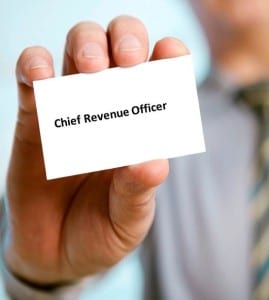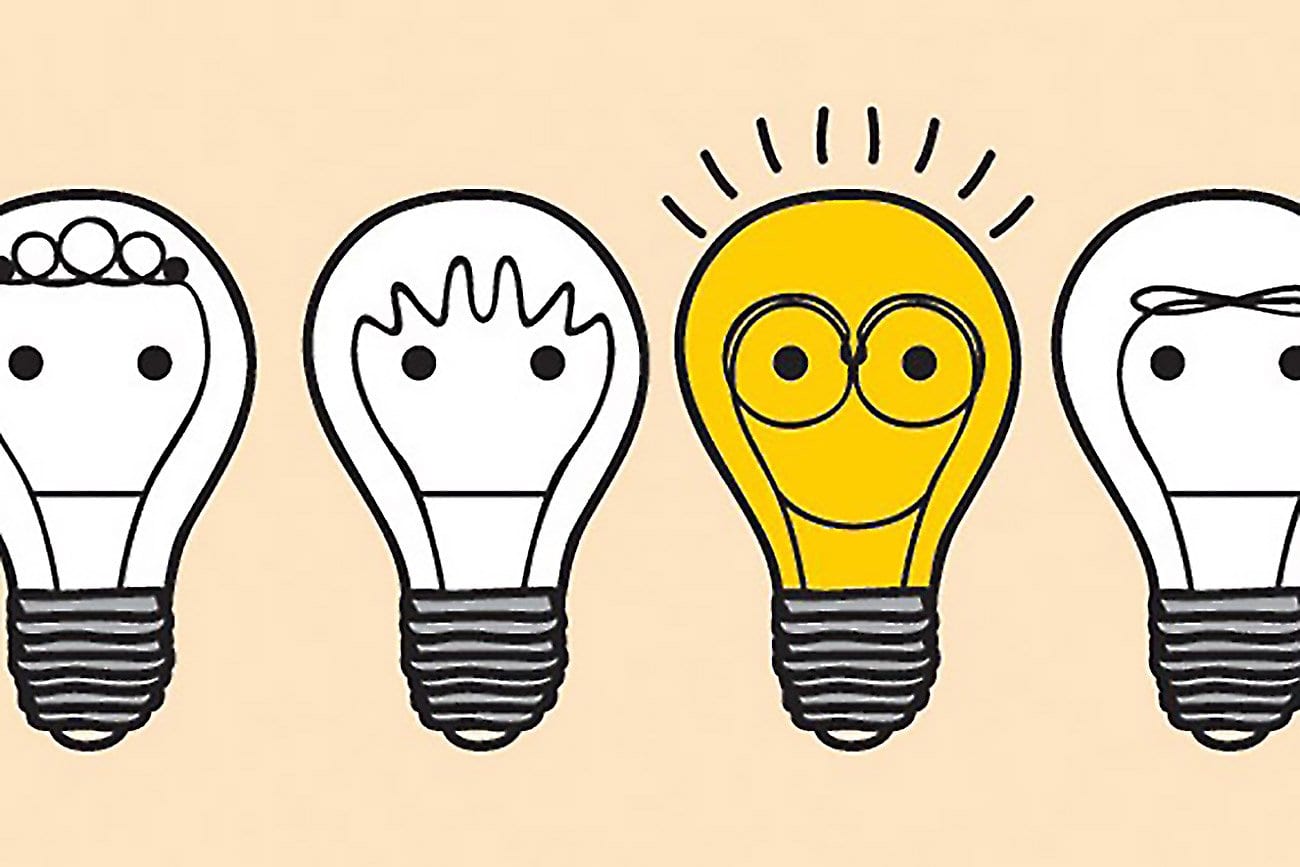If you are like many companies, you want to employ the right people for the job. However, there are many titles and positions out there, making it harder to figure out which one you need and which skill set will best serve your sales organization. Therefore, you should consider the differences between a chief sales officer (CSO), Chief Revenue Officer (CRO) or a Chief Customer Officer (CCO). Each of these titles is different and will provide you with a different set of skills.
CSO
A CSO or a sales director is one of the highest managers in the organization. They are responsible for marketing and sales. They deal with marketing, sales of products/services, customer relationship management and decide how to best align the company’s objectives with customer needs. Their primary responsibility is to sell services and goods and also plan how to best sell those goods/services. They work together with the CEO to set product portfolios and strategies and work to balance the organization’s needs with the customer’s. They may also determine the best channels to use and how to maintain strategic relationships with clients.
CRO
The CRO is an executive officer responsible for the processes relating to revenue generation in the organization. They are tasked with integration and alignment of all revenue-related tasks, which can include customer support, pricing, sales, marketing and revenue management.
They will work with your company’s executive team to communicate and create the company vision and then use that vision as part of their long-term strategy for creating new opportunities and markets.
CCO
The CCO is a newer title that has recently gained popularity over the past decade. They usually focus on customer retention, acquisitions, service, and relationships. They must figure out how to keep current customers, as well as how to get new ones and implement activities that will keep them happy. They can then help salespeople and others in the company understand what to do and how to do it.
In many cases, the Chief Customer Officer will also be a CRO or a CSO, especially in smaller companies. If you’re wondering which one you need, you likely need all three. If you want sales to grow, you’ll need someone to understand customers, someone who knows how to generate revenue and someone who knows how to get more sales.








